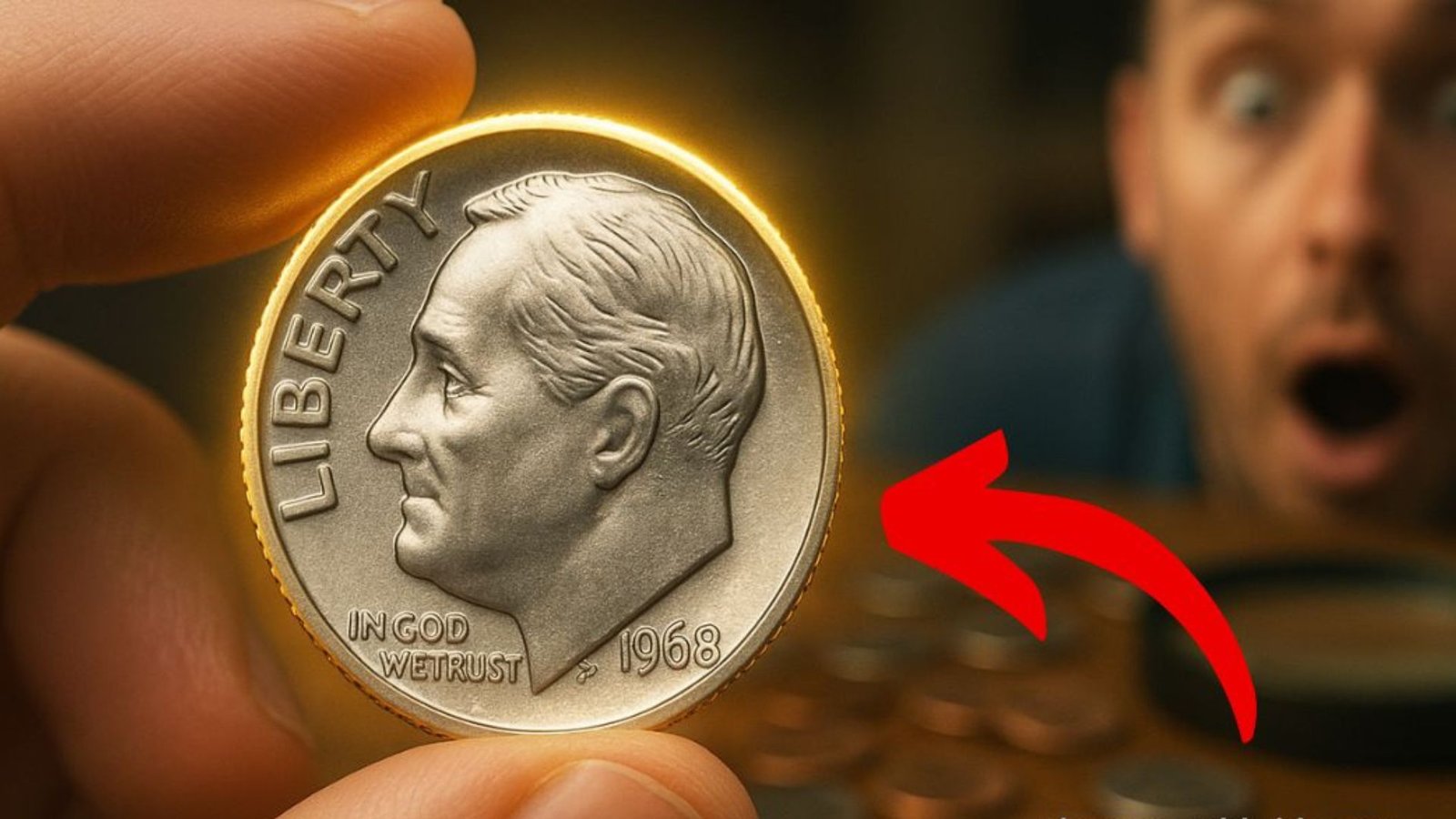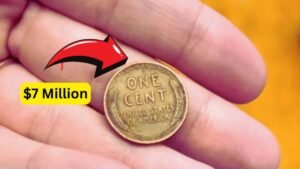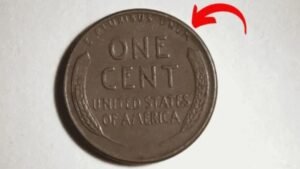Imagine finding a dime in your pocket worth over $300,000! The Roosevelt Dime, a common 10-cent coin, has a rare no mint mark version that has collectors buzzing. This valuable dime, tied to a unique minting error, could still be circulating in everyday change. Could one be hiding in your wallet or coin jar? Let’s explore the no mint mark Roosevelt Dime, why it’s worth so much, and how to spot this treasure.
What Is the Roosevelt Dime?
The Roosevelt Dime, first minted in 1946, honors President Franklin D. Roosevelt. It features his portrait on the front and a torch, olive branch, and oak branch on the back. Most are made of copper-nickel (since 1965) or 90% silver (1946–1964), with billions produced, making them worth just 10 cents. However, a rare no mint mark version, especially from certain years, can fetch $300,000 or more due to minting errors or unique conditions.
Why Is the No Mint Mark Roosevelt Dime So Valuable?
Several factors make some Roosevelt Dimes incredibly valuable:
- Minting Errors: Missing mint marks or other mistakes create rare coins.
- Silver Content: Pre-1965 dimes with 90% silver are worth more, especially in pristine condition.
- Low Mintage: Some years or varieties had limited production, increasing value.
- Condition: Coins in excellent, uncirculated condition with no wear fetch high prices.
A no mint mark Roosevelt Dime, likely from a minting error, recently made headlines for its $300,000+ value, though some claim even higher figures.
Top Rare No Mint Mark Roosevelt Dimes to Look For
Here are some valuable no mint mark Roosevelt Dimes that could be worth thousands or more:
1. 1968 No Mint Mark Proof Dime
A rare proof dime missing the “S” mint mark, meant for San Francisco, sold for $300,000+ due to its error and pristine condition.
2. 1975 No Mint Mark Roosevelt Dime
Some 1975 Philadelphia dimes lack a mint mark due to a die error, valued at $5,000–$456,000 in top grades.
3. 1982 No Mint Mark Roosevelt Dime
A 1982 dime missing the “P” mint mark is a known error, worth $50–$300+ depending on condition.
4. 1970 No Mint Mark Proof Dime
Another San Francisco proof coin missing the “S” mark, this dime can fetch $500–$10,000+.
5. 1964-D No Mint Mark Error
A rare error where the “D” was omitted, this silver dime is valued at $1,000–$50,000+ in high grades.
Table: Valuable No Mint Mark Roosevelt Dimes to Watch For
| Year | Mint Mark | Special Feature | Estimated Value |
|---|---|---|---|
| 1968 | None (S error) | Proof, no mint mark | $300,000+ |
| 1975 | None | No mint mark error | $5,000–$456,000+ |
| 1982 | None (P error) | No mint mark error | $50–$300+ |
| 1970 | None (S error) | Proof, no mint mark | $500–$10,000+ |
| 1964-D | None (D error) | No mint mark error, silver | $1,000–$50,000+ |
How to Spot a Valuable No Mint Mark Roosevelt Dime
Finding a $300,000 dime requires careful inspection. Here’s how to check your coins:
1. Check the Date and Mint Mark
- Look for key dates like 1964, 1968, 1970, 1975, or 1982 on the front.
- Check for no mint mark where one should be (e.g., “S” for San Francisco proofs or “P” for 1982 Philadelphia coins).
2. Look for Errors
- Use a magnifying glass to confirm the absence of a mint mark, especially on proof coins or silver dimes.
- Check for other errors like doubled text on “LIBERTY” or the date.
3. Assess Condition
- Coins with sharp details, no scratches, and a shiny silver (pre-1965) or copper-nickel finish are worth more.
- Never clean dimes, as this lowers their value.
4. Verify Material
- Pre-1965 dimes should be 90% silver (heavier, shinier). Use a coin scale to check weight (2.5 grams for silver, 2.27 grams for clad).
5. Get a Professional Appraisal
- If you suspect a rare dime, take it to a coin dealer or grading service like PCGS or NGC for authentication.
Tips for Coin Collectors
- Handle Carefully: Hold coins by the edges to avoid fingerprints or scratches.
- Store Safely: Use protective holders to preserve condition.
- Research Prices: Check auction sites like Heritage Auctions for recent sales data.
- Join Communities: Connect with collectors on forums, X, or local clubs for tips and updates.
Are No Mint Mark Roosevelt Dimes Still in Circulation?
Yes, Roosevelt Dimes are still in circulation, especially from the 1960s to 1980s. Common dimes are worth 10 cents, but rare no mint mark errors, like the 1968 or 1975 varieties, could appear in coin rolls, old collections, or pocket change. However, high-value proof coins are more likely in private collections or estate sales.
Why the Hype Around No Mint Mark Roosevelt Dimes?
The Roosevelt Dime’s tie to FDR and its silver content (pre-1965) make it a collector favorite. A no mint mark 1968 proof dime’s $300,000+ sale has fueled excitement, with some X posts claiming values up to $456,000. The idea that a dime in your change could be worth a fortune keeps collectors searching, especially during economic uncertainty when coins are seen as investments.
Conclusion
A no mint mark Roosevelt Dime could turn your 10 cents into $300,000 or more! Rare errors like the 1968 proof or 1975 no mint mark dime are collector treasures. Check your change for key dates, missing mint marks, and pristine conditions, and get professional appraisals for suspected finds. With a magnifying glass and some luck, you might uncover a fortune in your pocket. Keep searching—your next dime could make you rich!
FAQs
Q: Are No Mint Mark Roosevelt Dimes Still in Circulation?
Yes, some are in circulation, but rare errors like the 1968 proof are more likely in collections or coin rolls.
Q: Why Is a No Mint Mark Roosevelt Dime Worth $300,000?
Errors like missing mint marks on proof coins (e.g., 1968) or rare years (1975) drive values up to $300,000+.
Q: How Do I Spot a Valuable Roosevelt Dime?
Check for key dates (1968, 1975, 1982), no mint mark, and errors like doubled text. Get it appraised by PCGS or NGC.
Q: Should I Clean My Roosevelt Dime?
No, cleaning damages coins and lowers their value. Handle them by the edges and store safely.
Q: Where Can I Sell a Rare Roosevelt Dime?
Contact reputable dealers or auction houses like Heritage Auctions. Get it graded by PCGS or NGC first.




